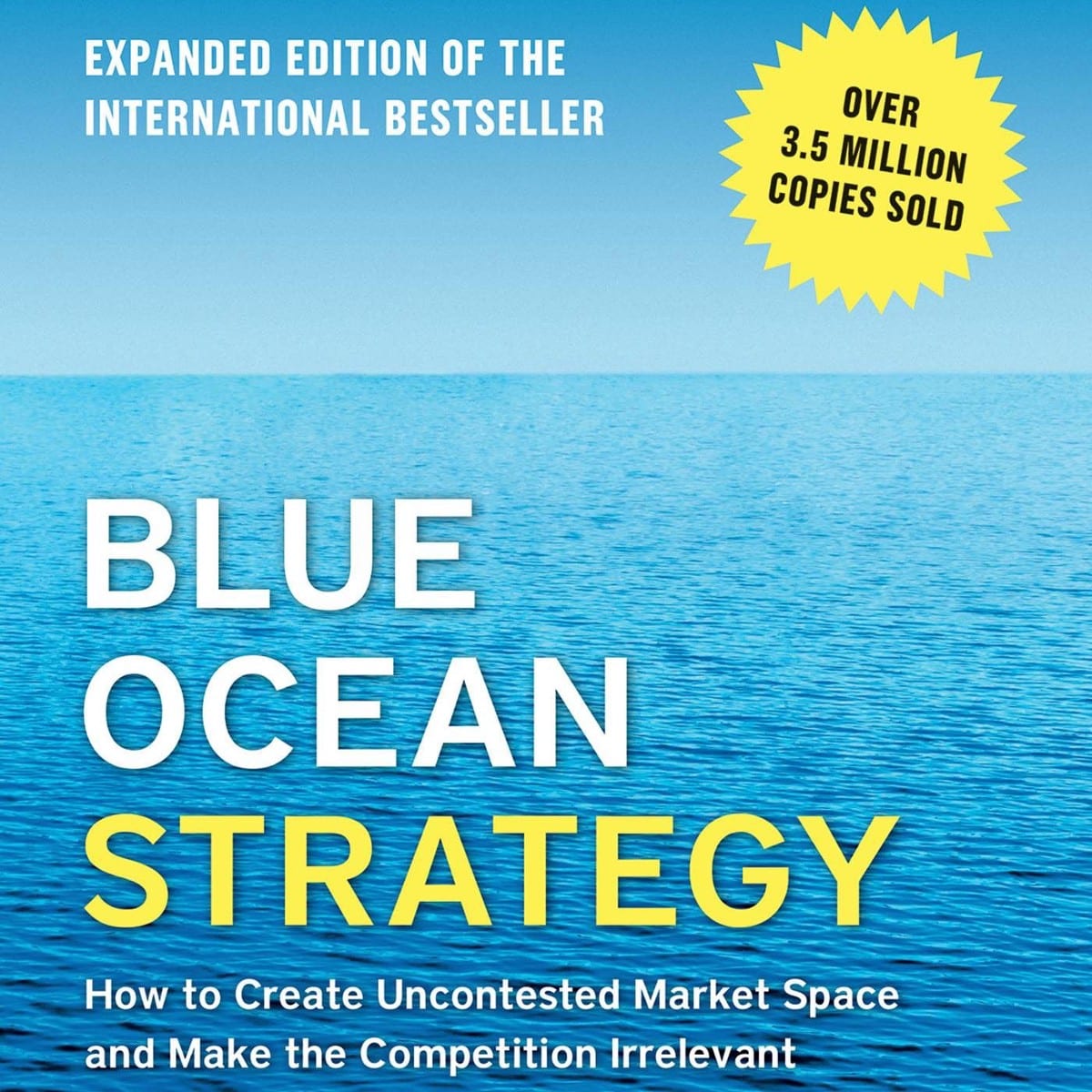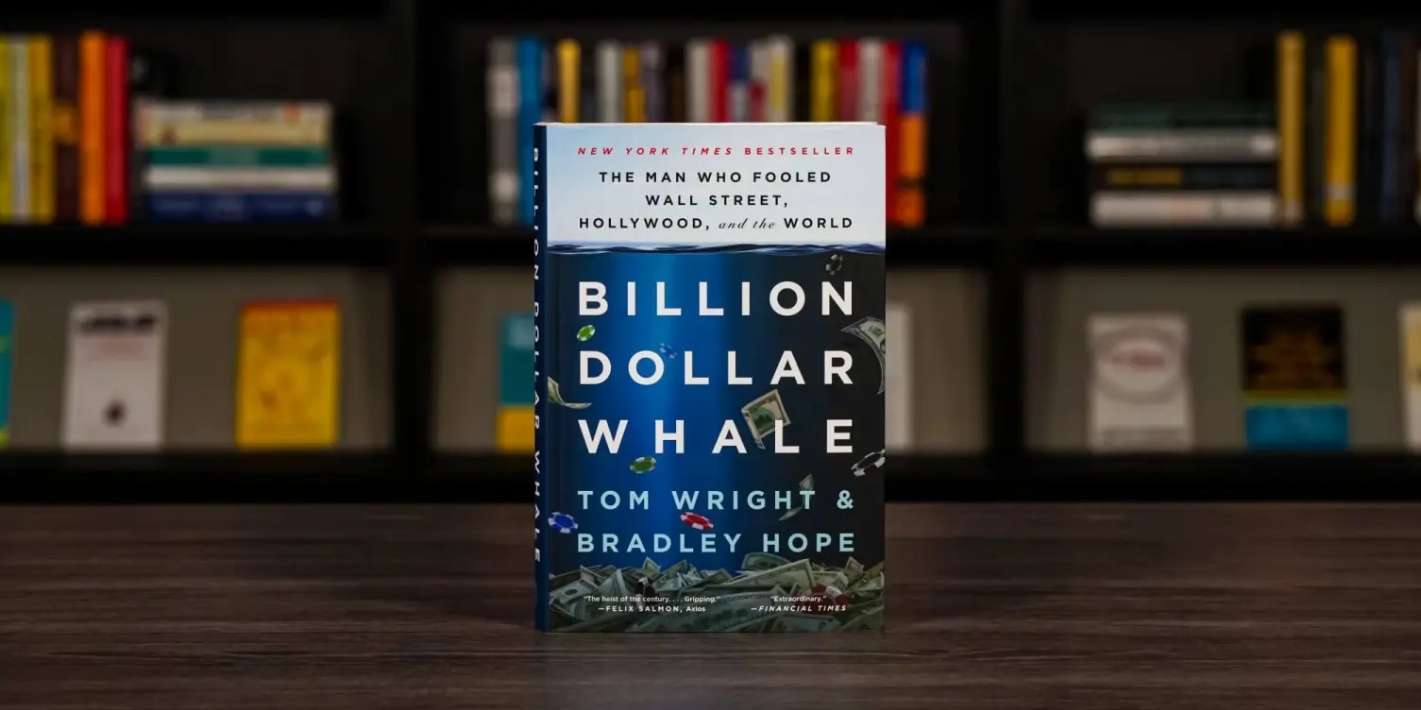There are books that talk to you in a way that they put together previous thoughts, actions, emotions and even imagination of how things should be when innovating. If it is done in a coherent narrative that is powerful, digestible & teachable – then you must be reading the Blue Ocean Strategy.
The book hooked my attention as it simplified a very difficult subject i.e. how to evaluate or create the strategy of innovating in an overcrowded market. I do this every single day when reading business plans as each founder claims that they disrupt an established market or are creating a new one and to agree or disagree with them requires an objective approach that is provided in the book.
The book introduces a method for breakthroughs in an overcrowded market through value innovation. Value innovation, shifts a company’s strategy from focusing on the competition to shining the spotlight on the buyer i.e. the primary driver of revenue & profit for the company.
The value innovator slays its competitors by refusing to indulge in a survival of the fittest strategy, concentrating instead, on delivering what the buyer wants and is not getting or in many cases introducing a new set of buyers altogether by value innovating. This creates a new paradigm viz a divergence in the market and in the divergent market the value innovator sets the rules. The ex-competitors are left playing catch-up thereby opening a blue ocean i.e. “…untapped market space, demand creation and the opportunity for highly profitable growth
”The book is neatly divided into 3 major sections. The first section introduces the concept of the Blue Ocean, the next section deals with formulating the Blue Ocean strategy. In the last section, the authors follow what they preach, diverging from other books by taking a deep dive into the execution of the formulated strategy in way that it achieves the desired outcomes. It is the deep dive into execution premised on simple logic that makes the book stand apart from other books written on the topic of innovating.
The authors have intelligently used case studies to build the narrative ensuring, that each case study makes a point and each point has a case study. This writing style makes it difficult to put the book down after embarking on the journey (of reading it). The case studies span centuries, continents, cultures, markets, industries, for-profit and non-profit companies even government entities (including the NYPD). The numerous case studies prove that the Blue Ocean framework can be applied universally to all places that can identify themselves as an organisation.
The book resonates with a lot of what I have spoken and written on i.e. involve customers in product development, Jet Airways’ unilateral changes to its loyalty program scoring a self-goal and even Blackberry’s horrible pricing strategy in India. In fact in the middle of the book I realized that the book provided the framework to evaluate companies so that they fit with our investment philosophy.
I am thankful to W Chan Kim & Renee Mauborgne who have developed a comprehensive method to create value for all stakeholders and have done the heavy lifting for the reader/student by giving them worksheets, checklists and rules to help execute each step of the value innovation process.
The book is a must read for all entrepreneurs and managers that want to be disruptive as it revolves around one objective – creating a company has a positive impact on society, is exciting to work for and delivers profits with minimal risk.






